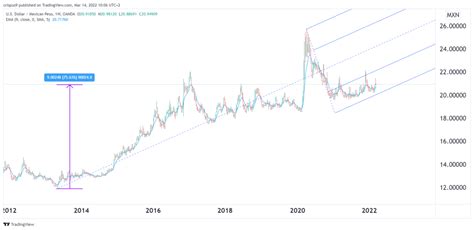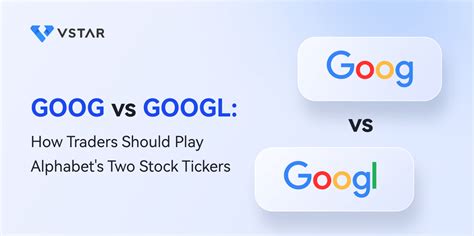What Does ETF Mean?
An exchange-traded fund (ETF) is an investment vehicle that combines the best features of stocks and mutual funds. It is a basket of securities (such as stocks, bonds, or commodities) that are traded on exchanges like stocks. ETFs are known for their diversification, transparency, and cost-effectiveness.
ETF vs. Mutual Funds: Unraveling the Differences
Management
* ETFs are passively managed, meaning they track an underlying index or asset class, while mutual funds are actively managed by portfolio managers.
Flexibility
* ETFs are traded throughout the trading day, allowing for real-time pricing and execution, while mutual funds are priced only once per day, at the end of the trading day.
Costs
* ETFs generally have lower expense ratios than mutual funds since they are not actively managed.
Unveiling the ETF Landscape: A Historical Perspective
1993: The first ETF, the SPDR S&P 500 ETF (SPY), is launched, revolutionizing the investment industry.
2005: ETF assets surpass $1 trillion, a testament to their growing acceptance.
2022: ETF assets reach a record $7.8 trillion globally, solidifying their dominance.
ETF Market Size and Growth Projections
The ETF market is experiencing explosive growth:
* 2022: Global ETF assets reach $7.8 trillion.
* 2025: Projected to exceed $12 trillion, representing an estimated 10% compound annual growth rate.
ETF Benefits: Unlocking Value for Investors
ETFs offer a myriad of benefits to investors:
Diversification: Diversifies across multiple assets, reducing risk.
Tax Efficiency: ETFs are typically more tax-efficient than mutual funds due to their low turnover.
Transparency: ETFs provide real-time pricing and portfolio holdings, ensuring transparency.
Liquidity: ETFs are highly liquid, allowing for easy buying and selling.
Cost-Effectiveness: Relatively low expense ratios compared to actively managed funds.
Types of ETFs: Catering to Diverse Investment Goals
ETFs encompass a wide range of investment strategies and asset classes, including:
- Index ETFs: Track a specific index, such as the S&P 500 or Nasdaq 100.
- Sector ETFs: Focus on specific sectors, such as technology or healthcare.
- Commodity ETFs: Invest in commodities such as gold, silver, or oil.
- Inverse ETFs: Provide exposure to the inverse of an underlying index or asset.
- Leveraged ETFs: Magnify the returns (and risks) of an underlying index or asset.
How to Invest in ETFs: A Step-by-Step Approach
Investing in ETFs is relatively straightforward:
- Open a brokerage account: Choose a brokerage that offers ETF trading.
- Research and select an ETF: Determine your investment goals and choose an ETF that aligns with them.
- Place an order: Specify the number of shares and type of order (e.g., market order, limit order).
- Monitor your investments: Track the performance of the ETF and rebalance your portfolio as needed.
FAQs: Demystifying ETFs for Investors
1. What are the risks associated with ETFs?
ETFs are subject to market risks, including fluctuations in asset prices and interest rates.
2. Can I lose money investing in ETFs?
Yes, ETF investments are not guaranteed, and you could lose money.
3. How do I choose the right ETF for my portfolio?
Consider your investment goals, risk tolerance, and time horizon.
4. Are ETFs a good investment for beginners?
Yes, ETFs can be suitable for beginners due to their diversification and low costs.
5. How do I avoid common ETF pitfalls?
- Expense ratios: Choose ETFs with low expense ratios.
- Overconcentration: Diversify your ETF holdings across different sectors and asset classes.
- Emotional trading: Avoid making rash decisions based on short-term market fluctuations.
- Overleveraging: Use caution when investing in leveraged ETFs.
Market Insights: Unveiling Future Trends
The ETF market continues to evolve, driven by:
Thematic Investing: ETFs that target specific themes, such as clean energy or artificial intelligence.
ESG Investing: ETFs that focus on environmental, social, and governance (ESG) criteria.
Active ETFs: ETFs that combine passive strategies with active management techniques.
Cryptocurrency ETFs: ETFs that provide exposure to cryptocurrencies.
Emerging Markets ETFs: ETFs that invest in emerging markets, offering diversification and growth potential.
Standout Features: Differentiating Your ETF Strategy
To stand out in the competitive ETF market, consider:
Innovation: Offer novel ETF products that meet evolving investor needs.
Niche Strategies: Target specific market segments or themes for specialized exposure.
Cost Leadership: Maintain competitive expense ratios to attract cost-conscious investors.
Transparency and Communication: Provide clear and accessible information to build investor trust.
Customization: Offer customized ETF solutions tailored to individual investor portfolios.
Future Horizons: Enhancing ETF Performance
The future of ETFs holds exciting possibilities:
Artificial Intelligence: AI will streamline ETF management and enhance portfolio selection.
Blockchain Technology: Blockchain will improve ETF security, transparency, and settlement.
Personalized Investing: ETFs will become more personalized, aligning with individual investor risk profiles and financial goals.
Global Expansion: ETFs will continue to expand globally, providing investors with increased access to international markets.
Tables for Enhanced Understanding
| ETF Type | Description |
|---|---|


